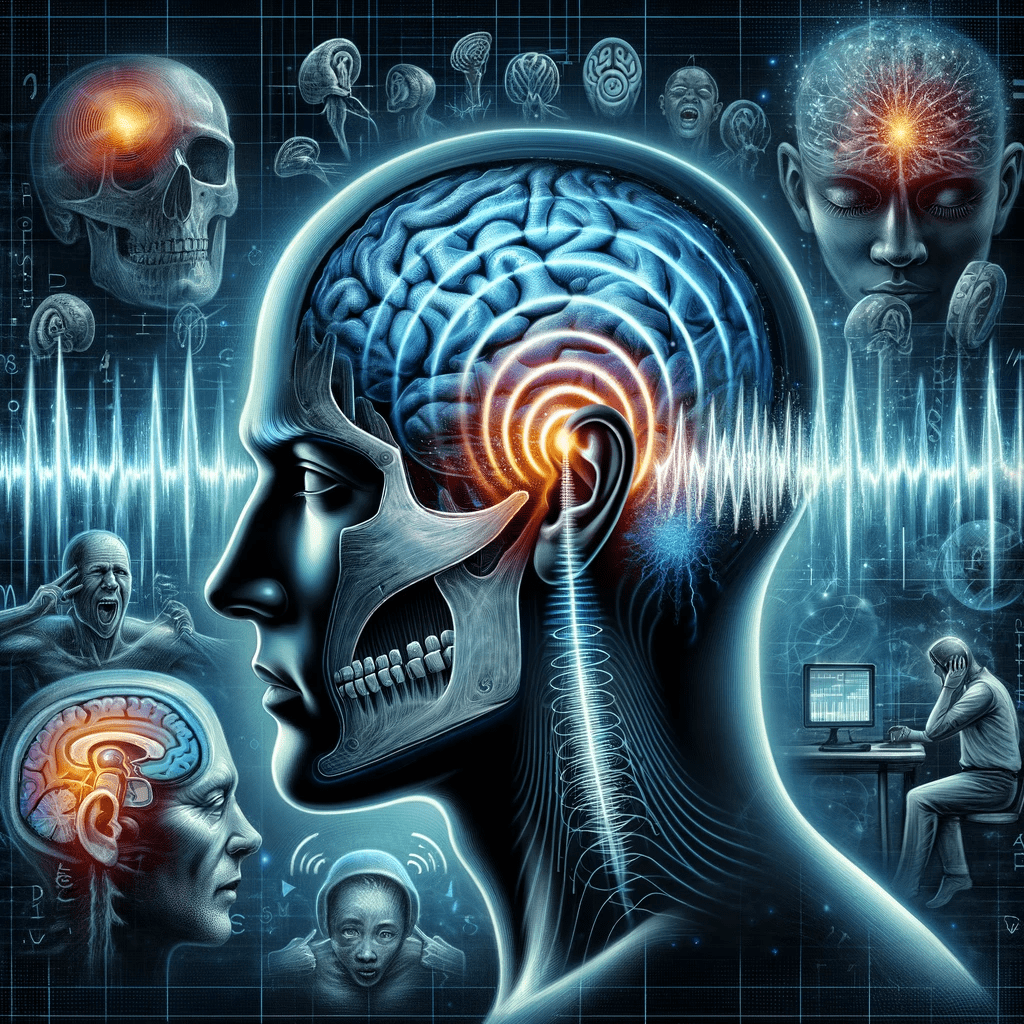Voice to Skull (V2K) Technology

“Voice to Skull” (V2K) technology refers to an alleged method of communication, where voices or other sounds are transmitted directly into a person’s head, bypassing the ears. The concept is associated with various claims, including mind control or surveillance tactics. The terminology originated from a military document titled “Bioeffects of Selected Non-lethal Weapons,” declassified by the US Army in 2006.
The mechanism of V2K, as postulated by proponents, lies within the realm of neuro-electromagnetic device technology. The idea is that specific frequencies or modulations of electromagnetic waves can directly interact with the human nervous system, allowing for perceived sounds or voices without the standard auditory pathway. This notion is vaguely related to the scientifically accepted phenomenon of microwave auditory effect (or Frey effect), where individuals can hear apparent clicking sounds associated with pulsed/modulated microwave frequencies.
The Frey effect, also known as the microwave auditory effect or radio frequency hearing, is a phenomenon in which individuals can hear sounds, typically clicks or buzzing, when exposed to pulsed or modulated radio-frequency electromagnetic fields, particularly microwaves. The effect was first reported by American neuroscientist Allan H. Frey in 1961, and hence it carries his name.
While the exact mechanism behind the Frey effect is still not entirely clear, the most accepted explanation is the thermoelastic hypothesis. According to this theory, the microwaves cause rapid, minute heating and cooling cycles in the brain tissue, leading to a slight but rapid thermal expansion. This tiny expansion generates a pressure wave that travels through the skull to the cochlea in the inner ear, where it is perceived as sound.
It’s important to note that the sounds produced by the Frey effect are not due to any form of electromagnetic waves directly stimulating the auditory nerves or neurons. Instead, the effect seems to depend on the indirect mechanical stimulation of the cochlea through the pressure waves generated by thermal expansion. The sounds are heard inside the head of the person and cannot be blocked by covering the ears.
Frey effect was discussed in the journal “American Psychologist”. An article titled “Human auditory system response to modulated electromagnetic energy” published in 1962 by Allan H. Frey explains this auditory phenomenon.
Dr. James Lin, a well-respected expert in Bioelectromagnetics, explores the Frey effect extensively in his book “Electromagnetic Interaction with Biological Systems” (Plenum Press, 1989). While he acknowledges the reality of the microwave auditory effect, he does not extend this to support the claims of mind control or subliminal communication often associated with V2K.
An article in The New York Times titled “United States of Paranoia: They See Gangs of Stalkers” (June 10, 2016) discusses individuals who believe they’re being targeted by technologies like V2K, but it doesn’t validate these claims.
The Frey effect or microwave auditory effect represents a scientifically accepted phenomenon where individuals can perceive sounds in response to specific radio-frequency electromagnetic fields. The underlying principle is believed to be rapid thermal expansion and contraction in brain tissue caused by these fields, leading to pressure waves interpreted as sound by the cochlea.

